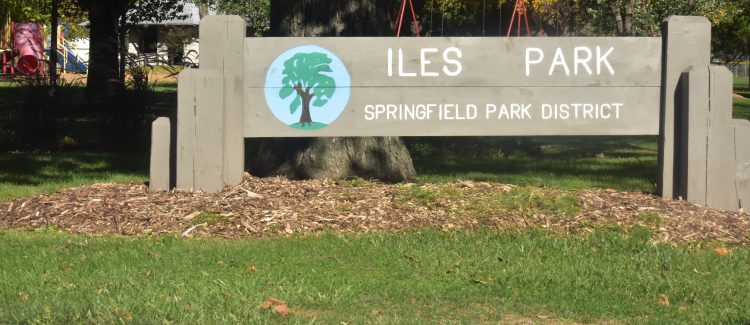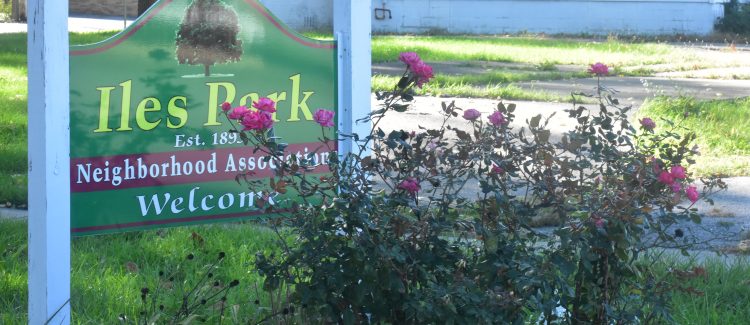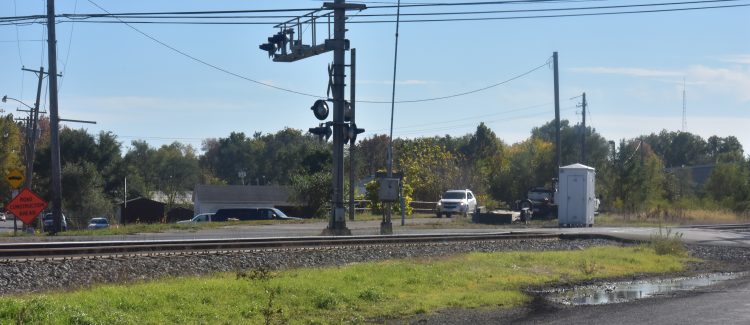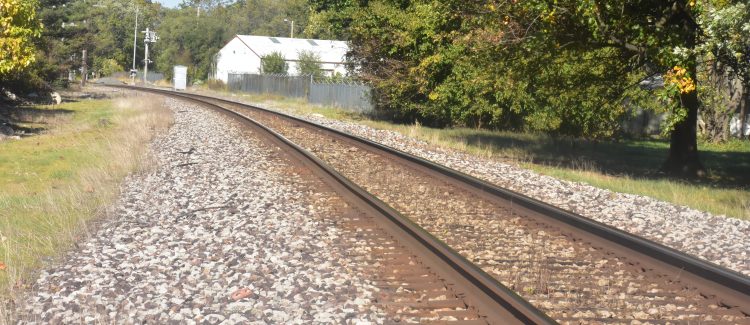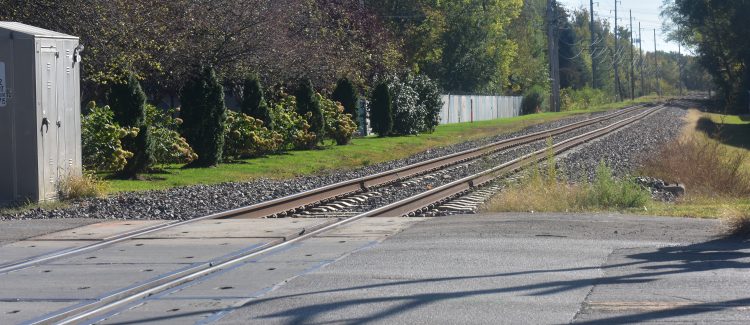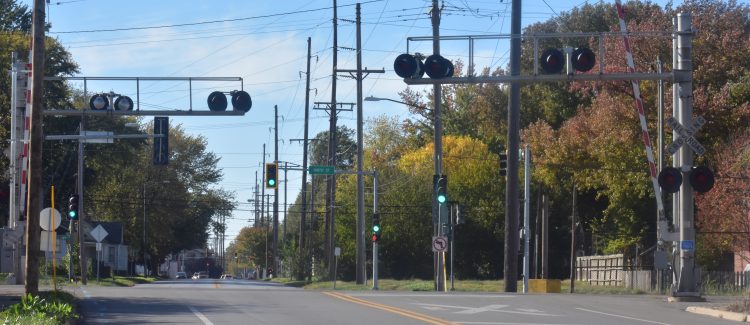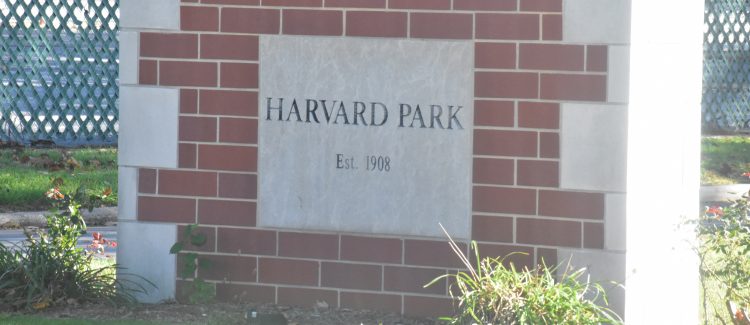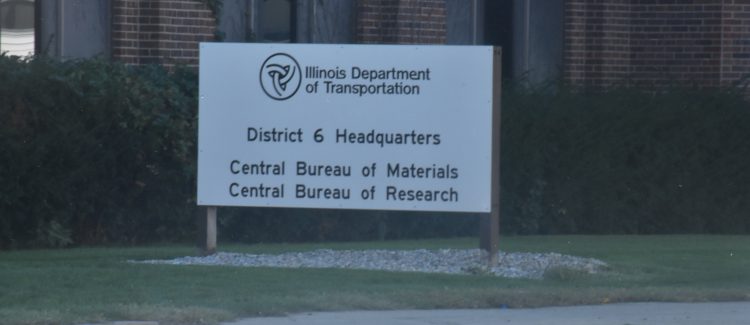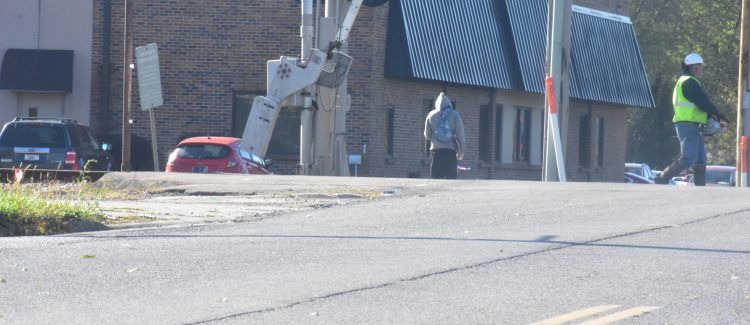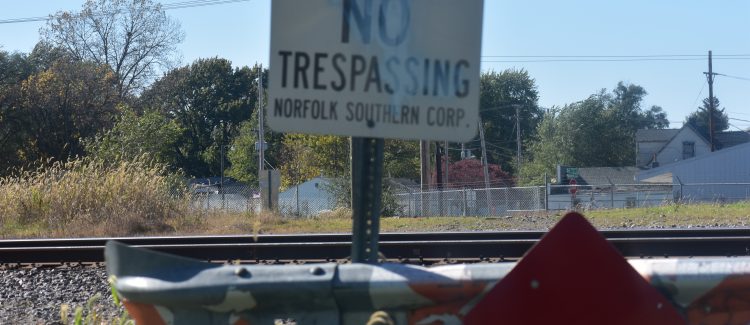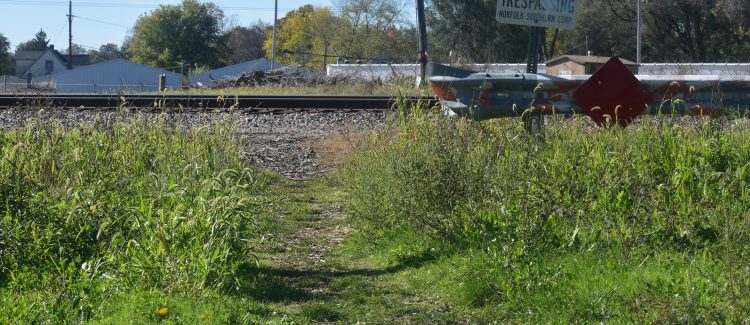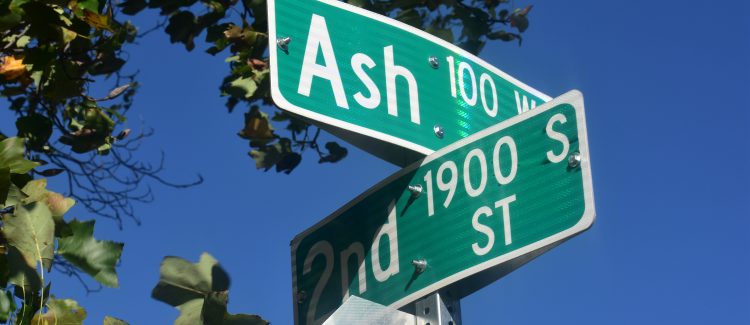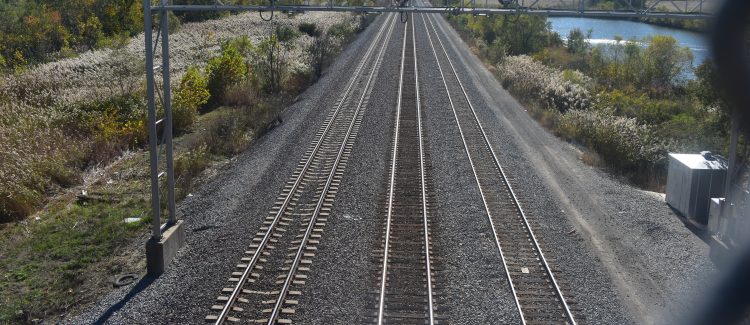Why research the Springfield Rail Improvements Project?
Growing up in the city of Chicago one of the most racially diverse, but also racial segregated cities, I have developed an interest in redlining and how cities become divided this way. After getting settled into Springfield, Illinois for college, I quickly realized that Springfield was similarly divided. Redlining is a discriminatory practice by which banks, insurance companies, etc., refuse to offer or limit access to loans, mortgages, insurance, etc., within specific geographic areas, especially inner-city neighborhoods (Badger 2015). It is one of the most popular terms that come to mind when we think about “good” neighborhoods and “bad” neighborhoods. However, I wondered if there were other factors that played a role in racial segregation in neighborhoods. This led me to the Springfield Rail Improvements Project, a unique instance of expansive, ongoing urban development that will have a significant impact on the city.
More on Redlining:
African American Past – Redlining (1937- )
Research Mission & Relevance
As we continue to progress as a society, urban improvements are inevitable – whether the purpose is public safety, urban vitality, or simply land development, there will always be an impact on the community. It is important to explore the Springfield Rail Improvements Project as a conflict because it involves major reconstruction and land acquisition which significantly adds to the city of Springfield’s unique story. Although the SRIP will make an environmental, social, and economic impact, I will focus on the impact it will make on the African American community – particularly displacement. I expect to report on some of the current strategies used by Hanson Professional Services to resolve conflict, as well as opinions and feedback from the public. With the development of this project website I hope to provide a resource for those who may be interested in conflict resolution, peaceful land development, urban planning, stakeholder negotiation, and civic welfare. Although this website can be used by a broad audience as a resource for conflict resolution, it will be most relevant to a local audience. This project will focus on community conflict that affects minority groups, and will highlight conflict resolution that promotes diversity and equality.
Conflict Resolution
There are many reasons why groups of people come into conflict. It can be a dispute over ideals, past events, or resources. Historically, land has been at the center of countless conflicts in society on both the micro and macro levels. When conflict is found at the macro level we expect as citizens that the state will come to a resolution that is in the best interest of it’s residents.
Land development and land acquisition can cause multi-dimensional conflict of interest among involved parties. The Springfield Rail Improvements Project is a large land development venture that will require 42 acres of inner city land, of which 29 access changes will be made, 117 residents and 50 commercial properties will be displaced. Considering the size and impact the project will have, conflict and disputes are inevitable. People will have varying opinions about the project, for example, how it should take place, how it should be designed, but everyone’s voice may not be heard. For this reason, minorities benefit from representation in a stakeholder groups. With this in mind, Community Voices (from those of the minority opinion) will be present throughout this website.
Stakeholders will have various inputs based on their individual stake – some may have a financial interest, a political interest, business interest, or personal interest and of course everyone has their own opinion and experience as a resident of Springfield. With all these different view points in mind you might wonder how will the decision be be made? Which proposed design will be used? How will the project be funded?
The process has been structured as follows for SRIP:

Hanson Professional Services. Study Group Chart
Citations
Badger, Emily. 2015. Redlining: Still a thing. The Washington Post Democracy Dies in Darkness. Retrieved December 4, 2017 (https://www.washingtonpost.com/news/wonk/wp/2015/05/28/evidence-that-banks-still-deny-black-borrowers-just-as-they-did-50-years-ago/?utm_term=.47c1cb9128ca)
Hanson Professional Services. Retrieved September 27, 2017 (http://www.springfieldrailroad.com/newsite/index.php?option=com_content&view=article&id=29&Itemid=184)
Photo credits. Abriana Robinson. November 20, 2017

